QuickBooks® Request for Payment Invoicing
The Best Solution for Payment Processing in QuickBooks®
Today Payments is an Authorized Reseller of Intuit offering a highly robust app that supports both QuickBooks’ desktop and online customers, provide merchants with the tools they need so they can focus more time on their customers and businesses, and less time on data entry.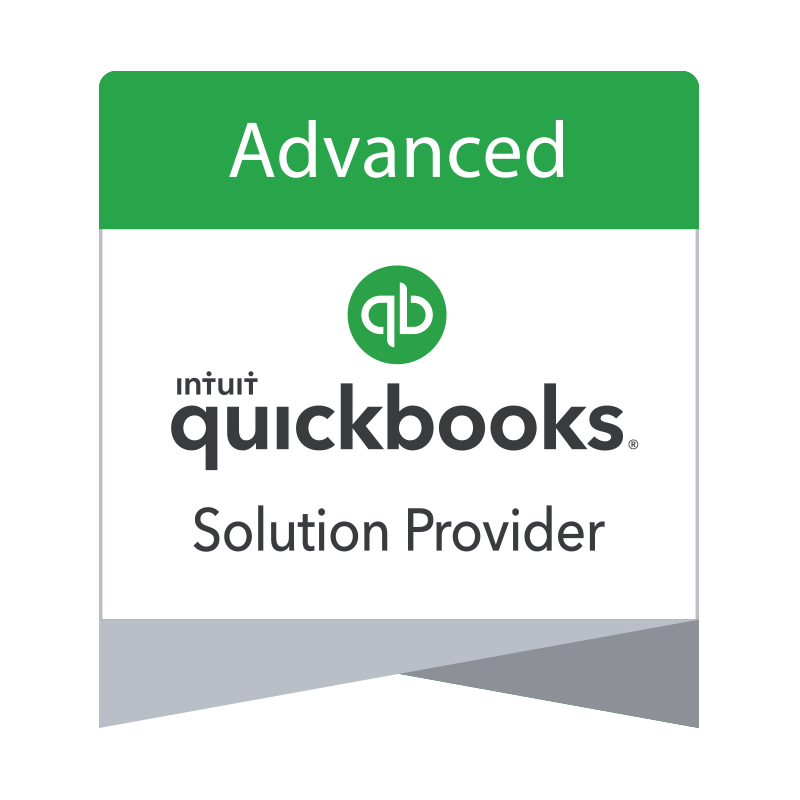 "Our Integrated payment solutions can save a typical small business owner more than 180 hours each year"
"Our Integrated payment solutions can save a typical small business owner more than 180 hours each year"See
the features
QuickBooks® ACH, Cards, FedNow and Real-Time Payments
- Payment processing for all QuickBooks desktop, Pro, Premier, Enterprise and also QBO QuickBooks Online Our software is designed for simplicity and ease-of-use.
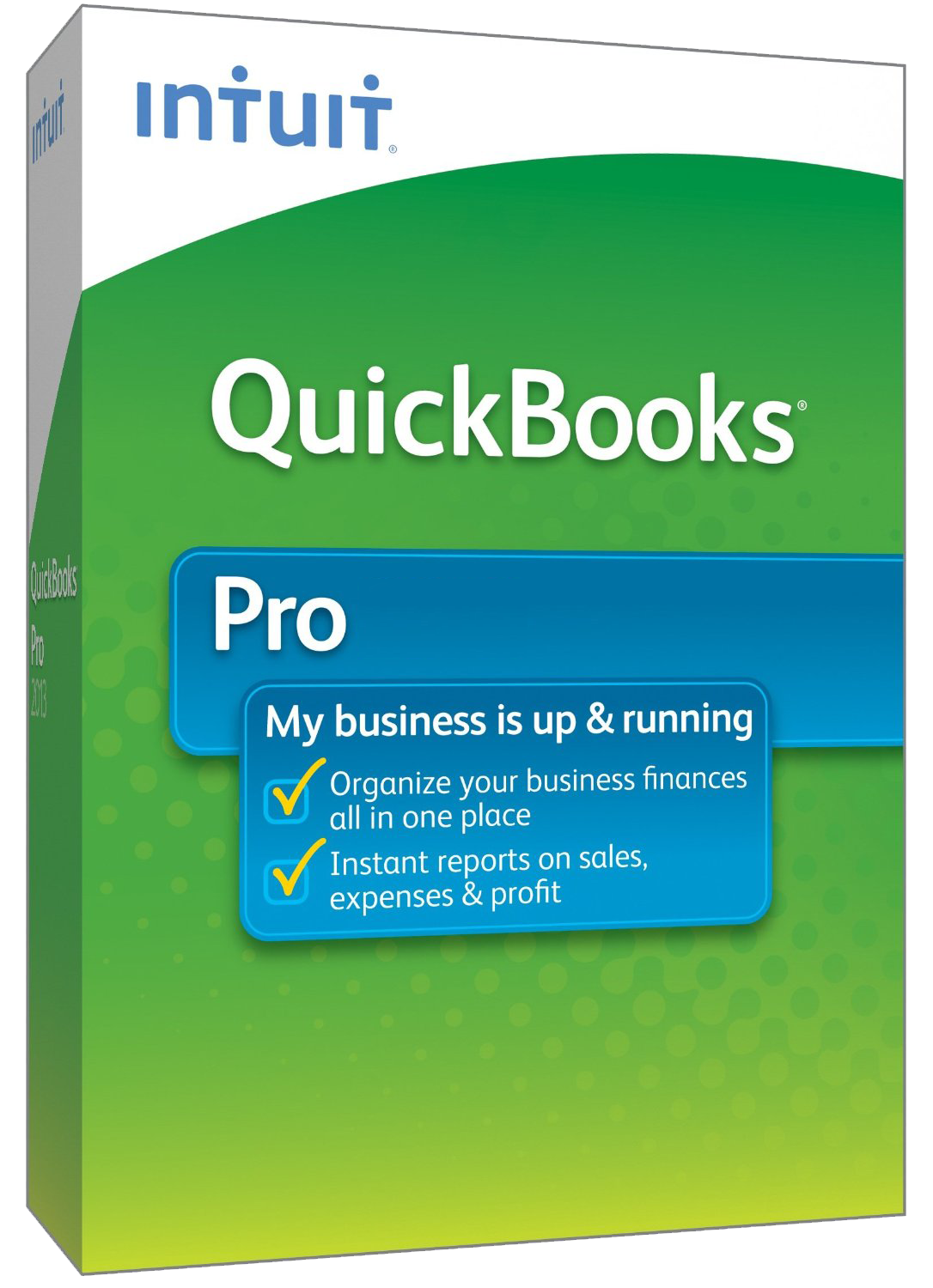
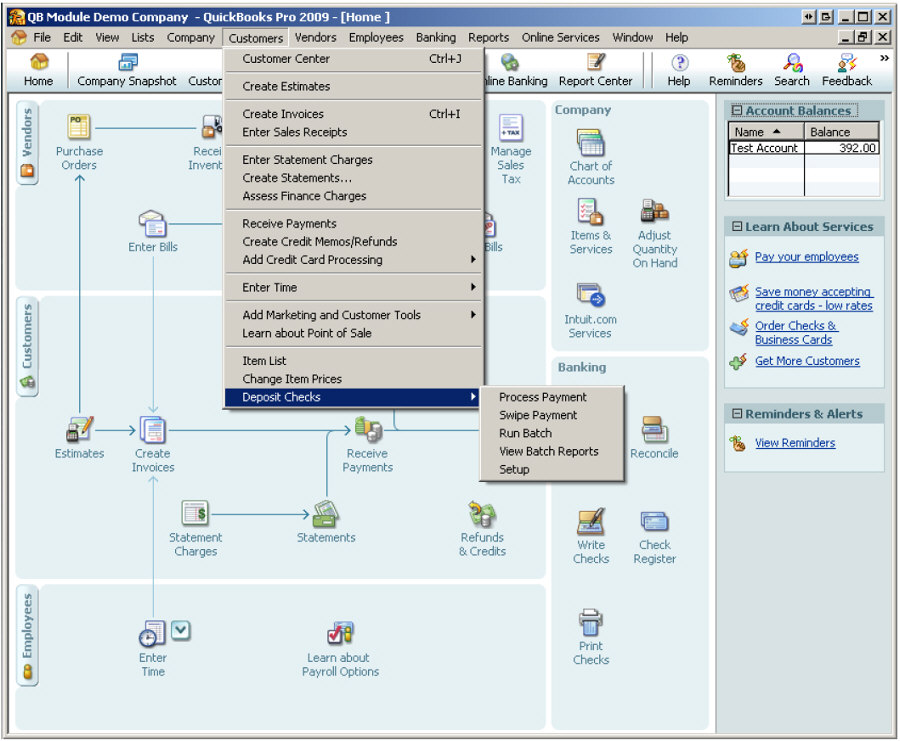
- ~ Automate Account Receivable Collection
- ~ Automate Account Payable Payments
- ~ One-time and Recurring Debits / Credits
Secure QB Plugin payment processing through QuickBooks ® specializes in the origination of moving money electronically.
Ask about our special:
Request for Payments
Request for Payment (RFP) reject codes in
banking transactions can vary among different financial institutions.
However, I can provide you with a list of common reject codes that might
be encountered during the receiving of funding transmissions. Keep in
mind that you should always refer to the specific documentation provided
by your bank or payment service provider for accurate and up-to-date
information on reject codes.
Here are some generic examples of reject
codes that could be associated with Request for Payment transactions:
- RF01 - Invalid Payer Information:
- Description: The information
provided for the payer in the request for payment is invalid or
incomplete.
- Action: Verify and correct payer
information before resubmitting.
- RF02 - Insufficient Funds:
- Description: The payer's account
does not have sufficient funds to cover the requested payment.
- Action: Inform the payer and request
additional funds or an alternative payment method.
- RF03 - Invalid Payment Amount:
- Description: The amount specified in
the request for payment is not valid or exceeds transaction
limits.
- Action: Verify the payment amount
and ensure it complies with the allowed limits.
- RF04 - Duplicate Transaction:
- Description: The request for payment
is a duplicate of a previously submitted transaction.
- Action: Avoid resubmitting the same
transaction; check for duplicates before initiating a new
request.
- RF05 - Invalid Request Format:
- Description: The format of the
request for payment does not meet the required standards.
- Action: Ensure that the request
adheres to the specified format and standards.
- RF06 - Payment Reference Error:
- Description: An error occurred with
the payment reference or invoice number provided.
- Action: Verify and correct the
payment reference information.
- RF07 - Payee Account Closed:
- Description: The payee's account is
closed, preventing the payment from being processed.
- Action: Contact the payee and
request updated account information.
- RF08 - Bank Account Information
Mismatch:
- Description: The bank account
information provided does not match the details on record.
- Action: Verify and correct the bank
account information.
These codes serve as examples, and the actual
reject codes may differ based on the specific requirements of your bank
or payment service provider. It's crucial to work closely with your
banking partners to understand the reject codes they use and the
corresponding actions to take when encountering them. Additionally,
ensure that your data is cleaned and meets the necessary criteria before
attempting to sync it into QuickBooks Online (QBO).
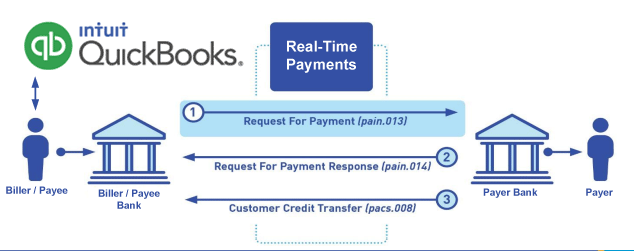
Call us, the .csv and or .xml Request for Payment (RfP) file you need while on your 1st phone call! We guarantee our reports work to your Bank and Credit Union. We were years ahead of competitors recognizing the benefits of RequestForPayment.com. We are not a Bank. Our function as a role as an "Accounting System" in Open Banking with Real-Time Payments to work with Billers to create the Request for Payment to upload the Biller's Bank online platform. U.S. Companies need help to learn the RfP message delivering their bank. Today Payments' ISO 20022 Payment Initiation (PAIN .013) show how to implement Create Real-Time Payments Request for Payment File up front delivering message from the Creditor (Payee) to it's bank. Most banks (FIs) will deliver the message Import and Batch files for their company depositors for both FedNow and Real-Time Payments (RtP). Once uploaded correctly, the Creditor's (Payee's) bank continuing through a "Payment Hub", will be the RtP Hub will be The Clearing House, with messaging to the Debtor's (Payer's) bank.
Our in-house QuickBooks payments experts are standing ready to help you make an informed decision to move your company's payment processing forward.
Pricing with our Request For Payment Professionals
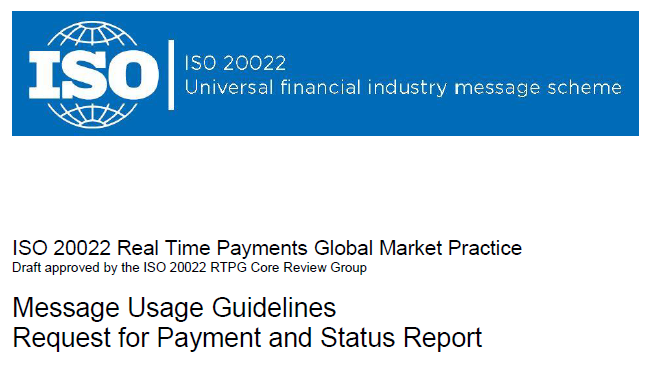
1) Free ISO 20022 Request for Payment File Formats, for FedNow and Real-Time Payments (The Clearing House) .pdf for you manually create "Mandatory" (Mandatory data for completed file) fields, start at page 4, with "yellow" highlighting. $0.0 + No Support
2) We create .csv or .xml formatting using your Bank or Credit Union. Create Multiple Templates. Payer/Customer Routing Transit and Deposit Account Number may be required to import with your bank. You can upload or "key data" into our software for File Creation of "Mandatory" general file.
Fees = $57 monthly, including Support Fees and Batch Fee, Monthly Fee, User Fee, Additional Payment Method on "Hosted Payment Page" (Request for file with an HTML link per transaction to "Hosted Payment Page" with ancillary payment methods of FedNow, RTP, ACH, Cards and many more!) + $.03 per Transaction + 1% percentage on gross dollar file,
3) Payer Routing Transit and Deposit Account Number is NOT required to import with your bank. We add your URI for each separate Payer transaction.
Fees Above 2) plus $29 monthly additional QuickBooks Online "QBO" formatting, and "Hosted Payment Page" and WYSIWYG
4) Above 3) plus Create "Total" (over 600 Mandatory, Conditional & Optional fields of all ISO 20022 Pain .013) Price on quote.
